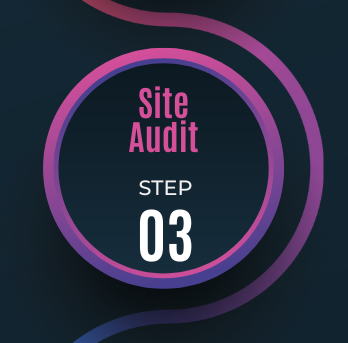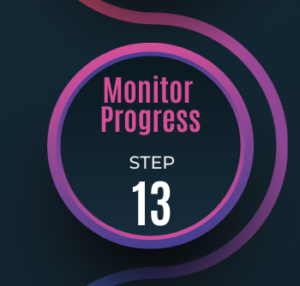
Steps of SEO: 11 Build Links & Socials
Building high-quality backlinks and engaging with your audience on social media are crucial for SEO success, and require creating valuable content and consistent effort.



Building high-quality backlinks and engaging with your audience on social media are crucial for SEO success, and require creating valuable content and consistent effort.

Importance of monitoring progress in SEO: Regularly tracking key metrics, staying up-to-date with trends, and continuously improving your website to achieve success.

Optimize your website structure to improve rankings and user experience. Our guide covers all essential elements for a well-organized and optimized site.